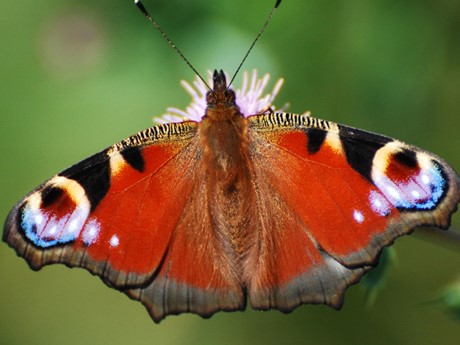Nature's Calendar Blog
-
GUEST BLOG by Joe Shute, author of Forecast: A Diary of the Lost Seasons
By Joe Shute, 08/09/2021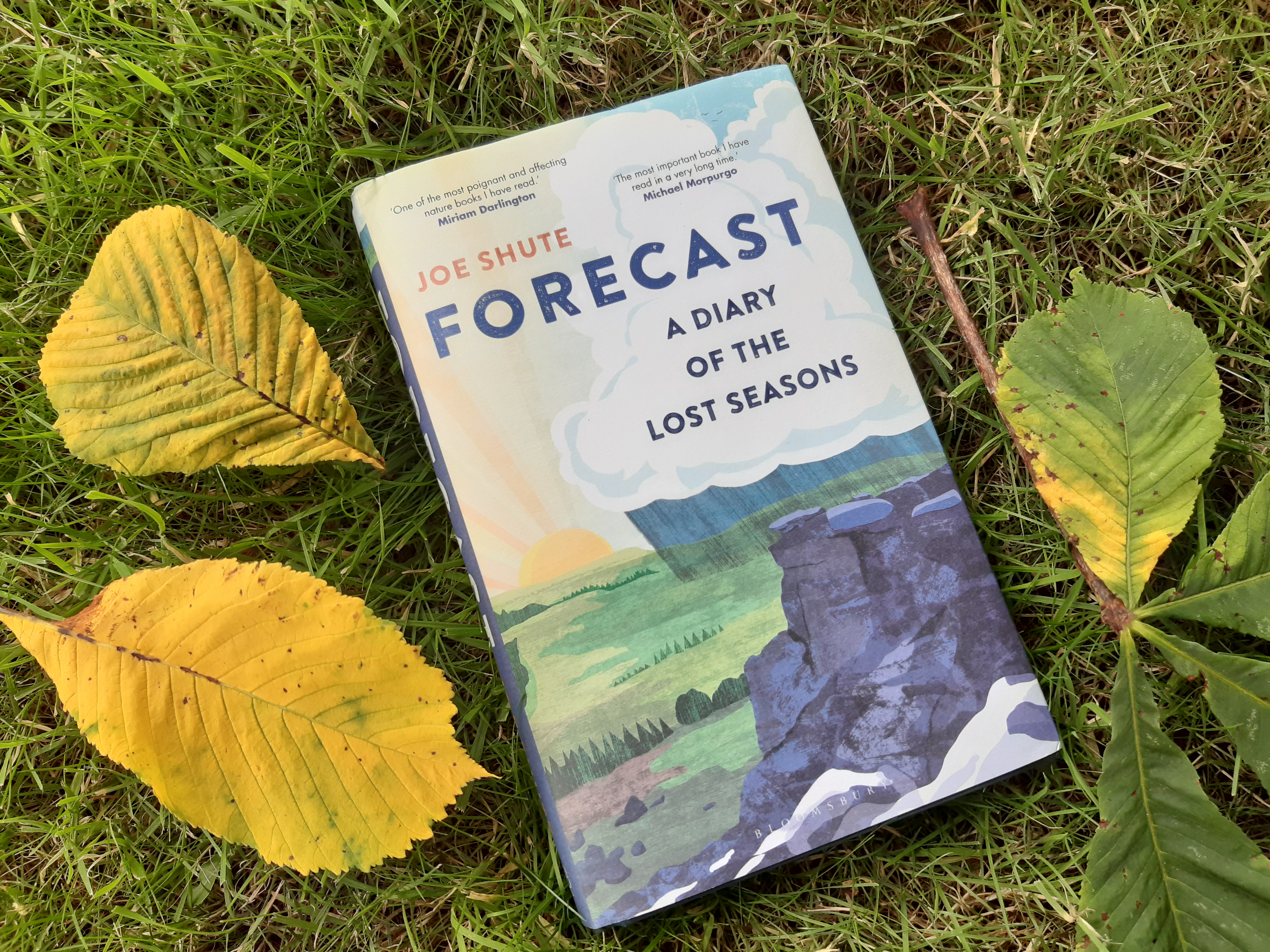
'The most important book I have read in a very long time'
Michael Morpurgo
Yorkshire based author and journalist, Joe Shute, writes a guest blog based on his new book, Forecast: A Diary of the Lost Seasons. Joe used Nature's Calendar records in his research for the book, which explores how we're seeing everyday natural events, like flowers blooming and frogs spawning, being effected by changing weather patterns.
Read more -
What happens in autumn?
By Lorienne Whittle, 17/08/2021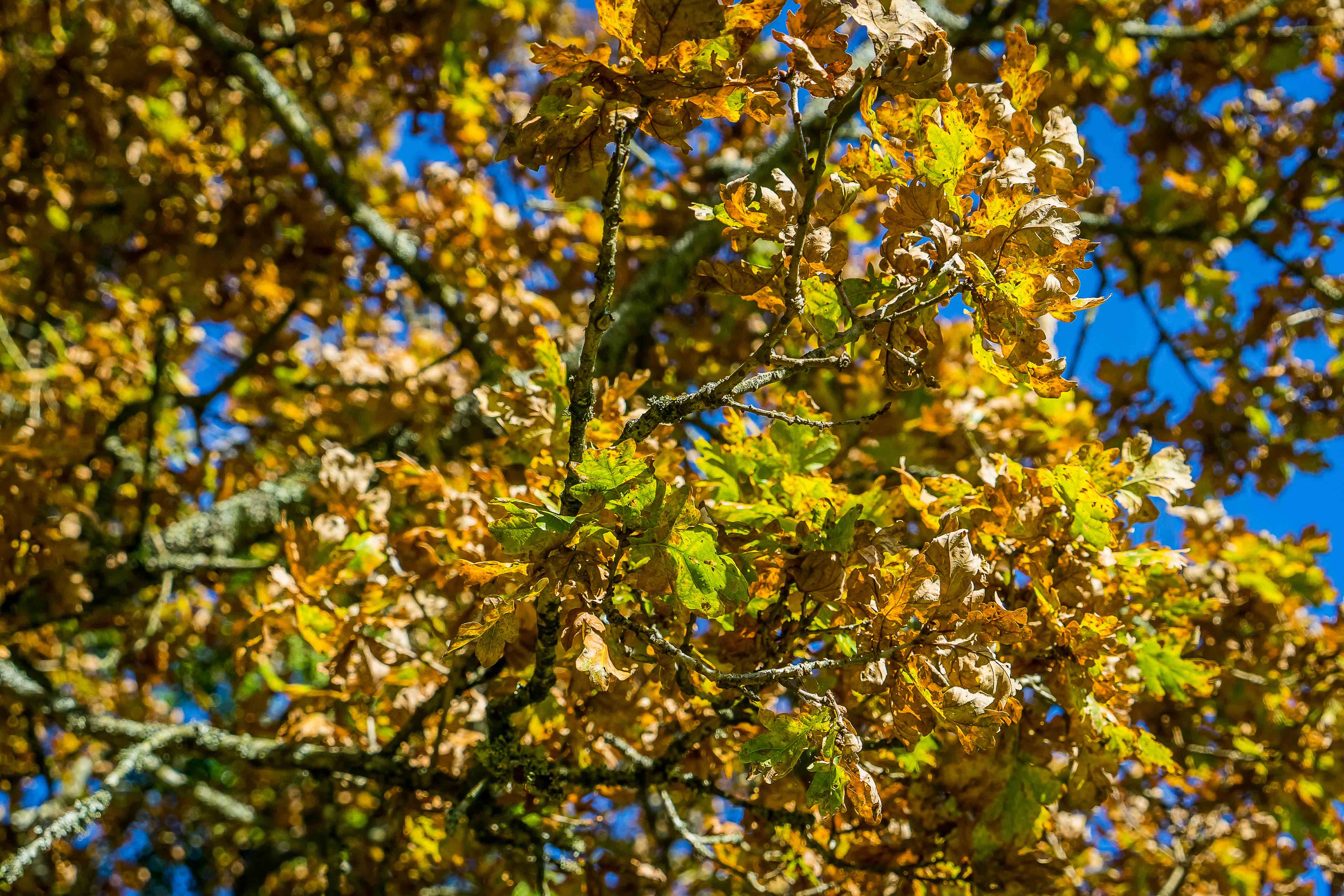
Autumn is the forgotten season in phenology, with fewer records of seasonal changes compared to spring. As a result we know less about the impact of weather and climate change on the timing of autumn.
Find out more about recording natural events this autumn and help us fill these knowledge gaps.
Read more -
Newly discovered first flowering records fill historical gap
By Georgia Dixson, 05/07/2021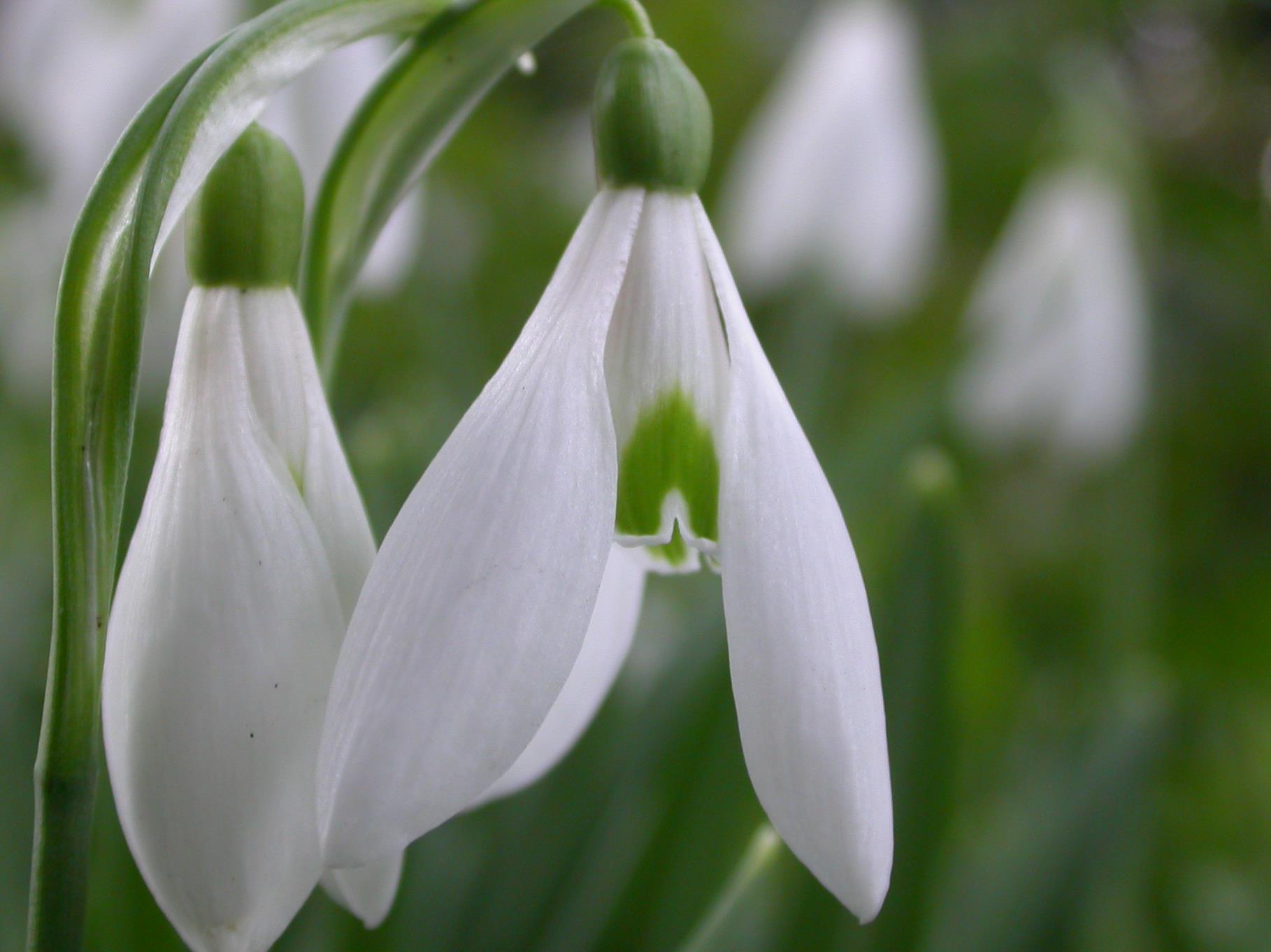
For her undergraduate dissertation project at the University of Liverpool, Georgia Dixson transcribed and analysed a precious historical dataset gifted to the university for comparison with Nature's Calendar records.
Find out more about Georgia's research on the first flowering dates of spring flowers and the relationship species such as snowdrops and bluebells show with temperature.
Read more -
How will this year's cold spring impact wildlife during autumn?
By Judith Garforth, 24/06/2021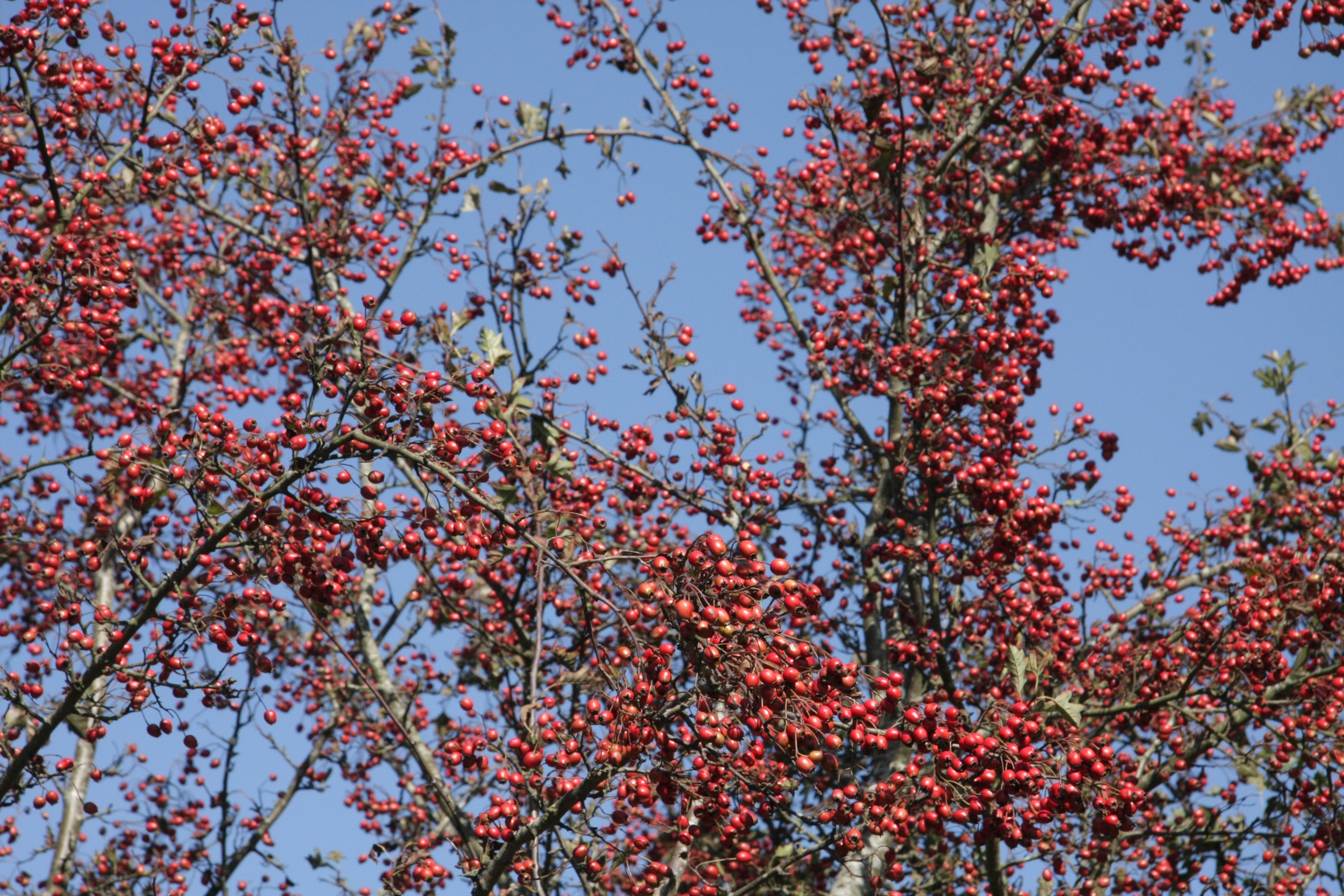
After two years of noticeably warm, early springs, 2021 has been rather a contrast. With the weather whiplash of going from an incredibly dry April to the deluges of May, it's been a tricky time for wildlife.
What will the impact be on plants and animals this autumn? Read more and find out how you can help us to track Nature's Calendar through the next season.
Read more -
Dog roses: meaning, myth and medicinal uses.
By Lorienne Whittle, 07/06/2021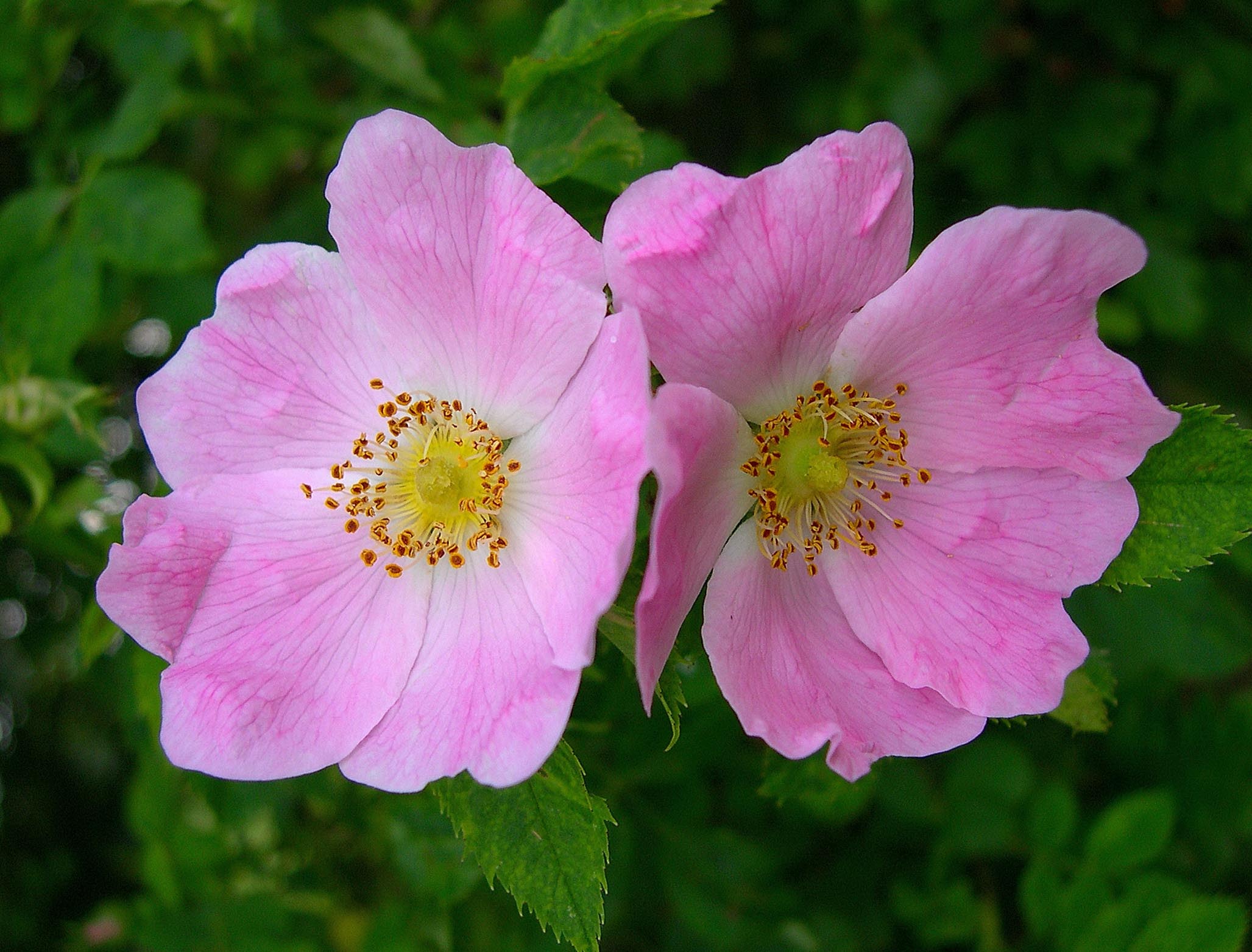
Have you spotted the pretty flowers of a dog rose scrabbling through a country hedgerow? There’s more to this shrub than meets the eye. From making itching powder and curing rabies to preventing Vitamin C deficiency and stretch marks, different parts of this wild rose have been used to treat an array of ailments in the past.
Find out more about identifying dog roses and their medicinal uses.
Read more
